In old Delhi, not far from the modern city centre, there was a slum known to be an urban colony of street performers. Kathputli, as it was called, was home to the forgotten artists: magicians, puppeteers, acrobats, singers, acrobats, snake charmers, musicians, and shamans who once brought honour and fame to great India.

Kathputli: an urban colony of street artists
Kathputli was India’s most prominent street artist ghetto, an intertwined community sharing a space where art and magic took shape among the narrow colorful streets. Like other slums, Kathputli was also considered problematic, and not unjustly so. The lack of sanitation, running water and sewage systems made the lives of its inhabitants a constant struggle, but it did not prevent them from practicing what they were born to do, to step onto prestigious stages and perform in front of varied audiences.
Kathputli, meaning puppeteer in the local Hindi language, was not only the name of a slum, but also represented the art that has accompanied and continues to accompany these artists on many national and international stages. When in the early 1960s a group of artists from Rajasthan decided to settle here, there was not much in the area where Kathputli later arose. It was a suburban area dominated by dense vegetation. But as time went on, modern Delhi grew along with the urban colony. These two very different souls began to conflict over the years.
[…] a place full of surprises, colours, and magic that accompany the young Saleem to discover the colourful labyrinth home of artists.
– Bambini della Mezzanotte – Salman Rushdie
The wizards’ ghetto also attracted the attention of writer Salman Rushdie, who mentions the wizards in one of his most famous works, Children of Midnight, where he recounts the threats of displacement from the ghetto suffered during the Emergency period of1975-1977. Rushdie describes the magicians’ ghetto as a place full of surprises, colors, and magic that accompany young Saleem as he discovers the colorful labyrinth in which the artists dwell. At the time, the post-colonial idea of creating a modern India based on an imagined reality was nothing more than the fruit of bizarre magic, Rushdie commented.
The Master Plan of Delhi, Delhi’s master plan, introduced the “in situ restoration” approach to slum redevelopment. The plan envisioned, at least in theory, rebuilding these settlements to provide them with all the necessary infrastructure and better housing, and then relocating the slum dwellers to the original lot. Kathputli was chosen as the first slum to be redeveloped. Things, however, did not turn out as hypothesized.

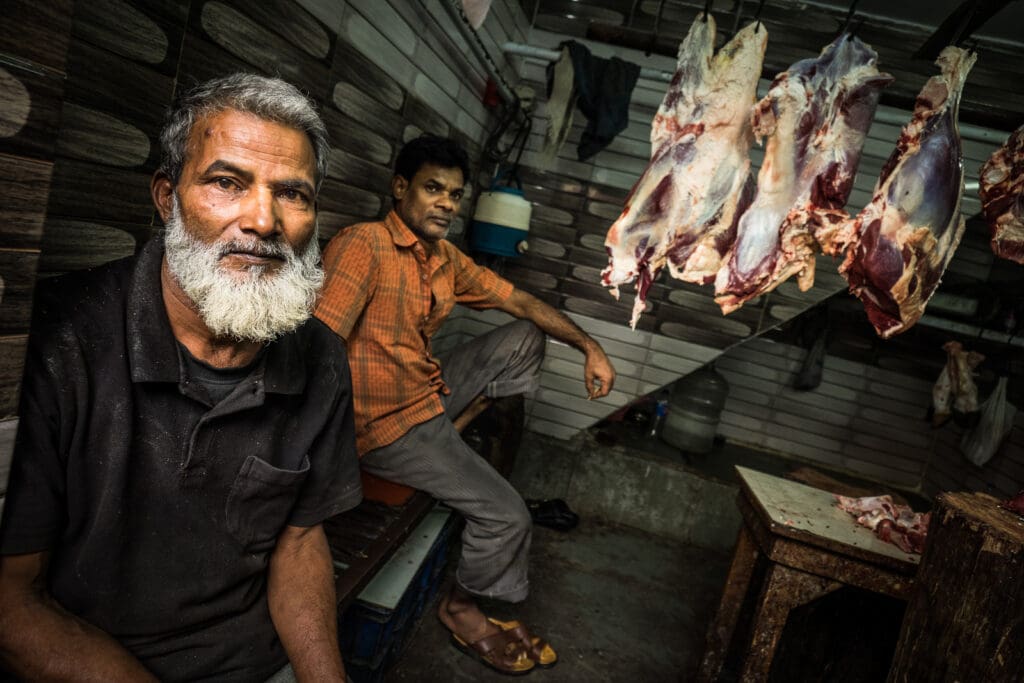
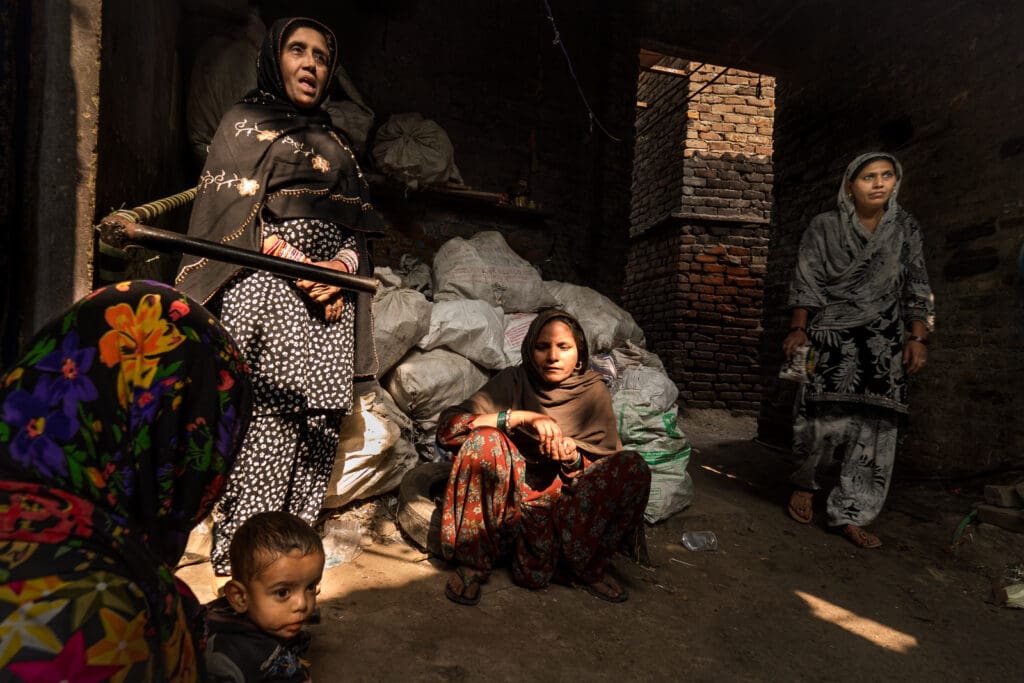
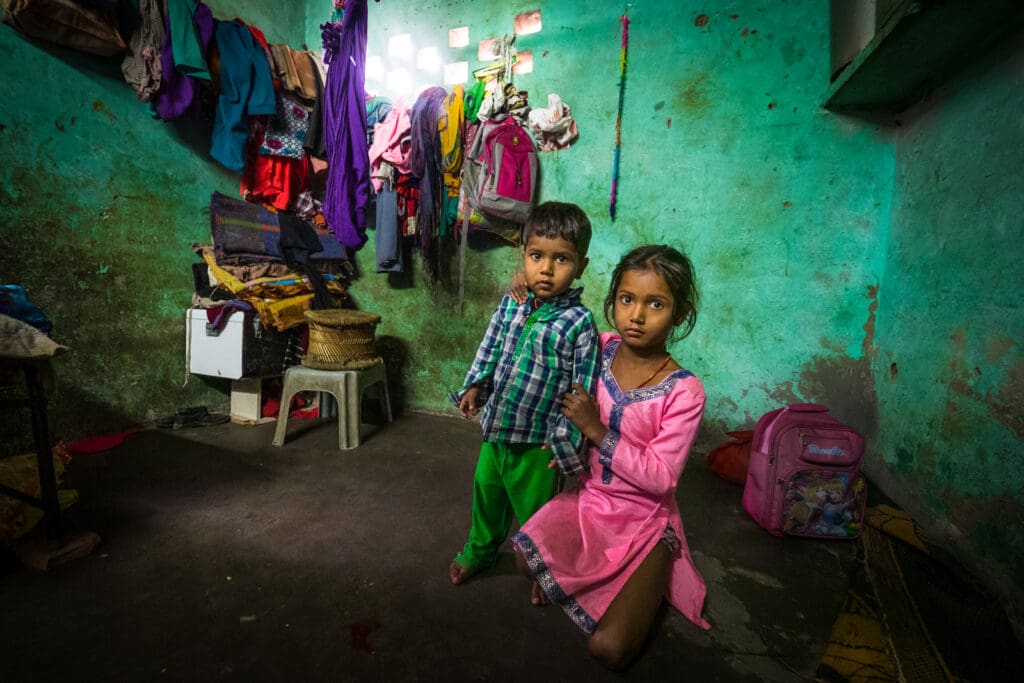
Kathputli no longer exists today
The real problem has been in the manner, dominated by impropriety and insensitivity, with which the Delhi Development Authority (DDA) has carried out the project. The land was sold by the DDA to Raheja without consulting the colony’s residents, who learned of the entire displacement plan only in 2013, when the news was already in the air. In addition, the entire land where the colony lay, which corresponds to an area of about 5 hectares and whose real value was around 130 million rupiah, was sold for the derisory sum of 61 million rupiah (about 835,000 euros). All of this was done to make it easier for the private Indian giants to sell off an area considered useless and dirty so that it could be turned back into a huge capital asset.
When I visited Kathputli, fear and anxiety dominated the air. Jagdish, the head puppeteer of one of the 8 communities that coexisted peacefully in the colony, felt the weight of this sad history. Active within the movement against the demolition, he explained the inconsistencies of the project and accompanied me along the narrow streets of the colony, where I got to know better the different souls that populated this unique community.
Kathputli is gone today. It was razed in early 2017. With the support of the army, the 3,600 families living here were displaced. The community, the beating heart of this urban colony, has been shattered and scattered who knows where. The photos in this article, taken in November 2016, are among the last vestiges of the human microcosm that was Kathputli.
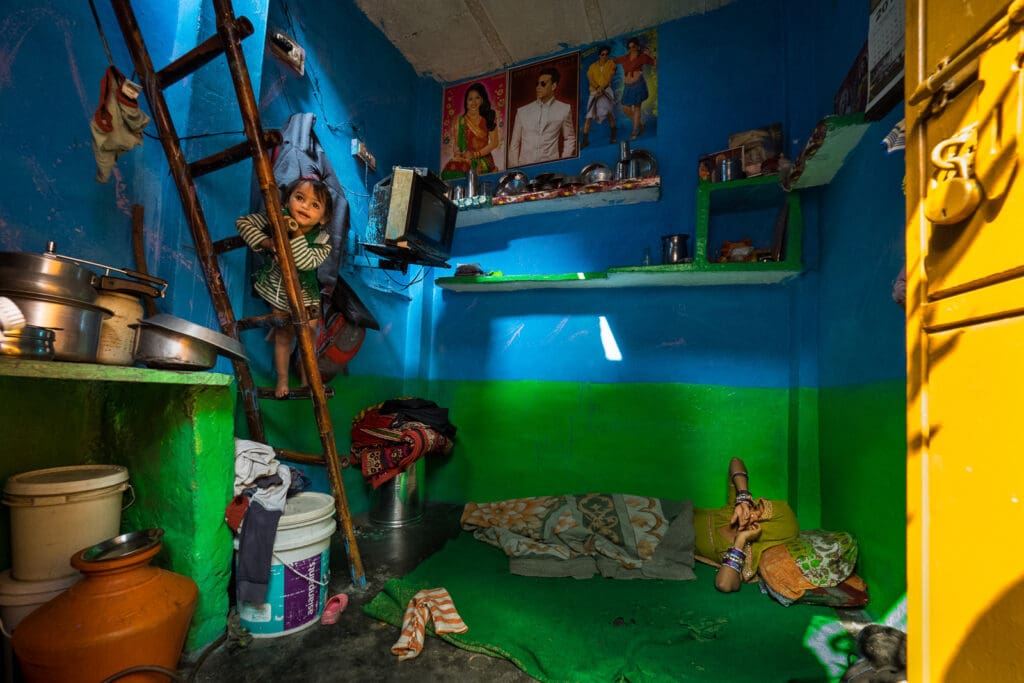
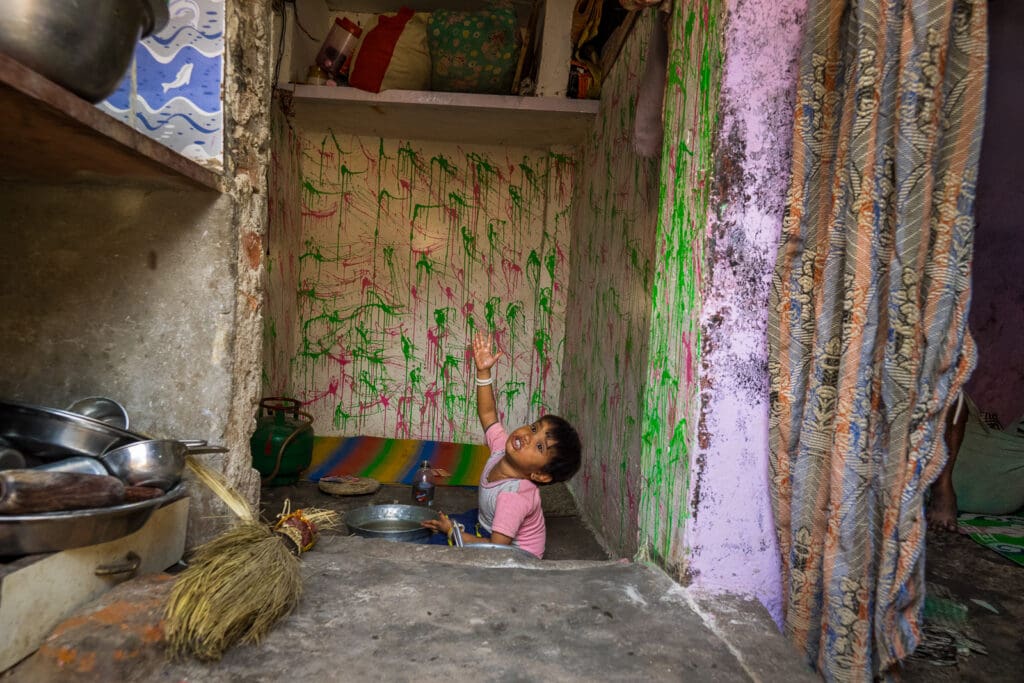
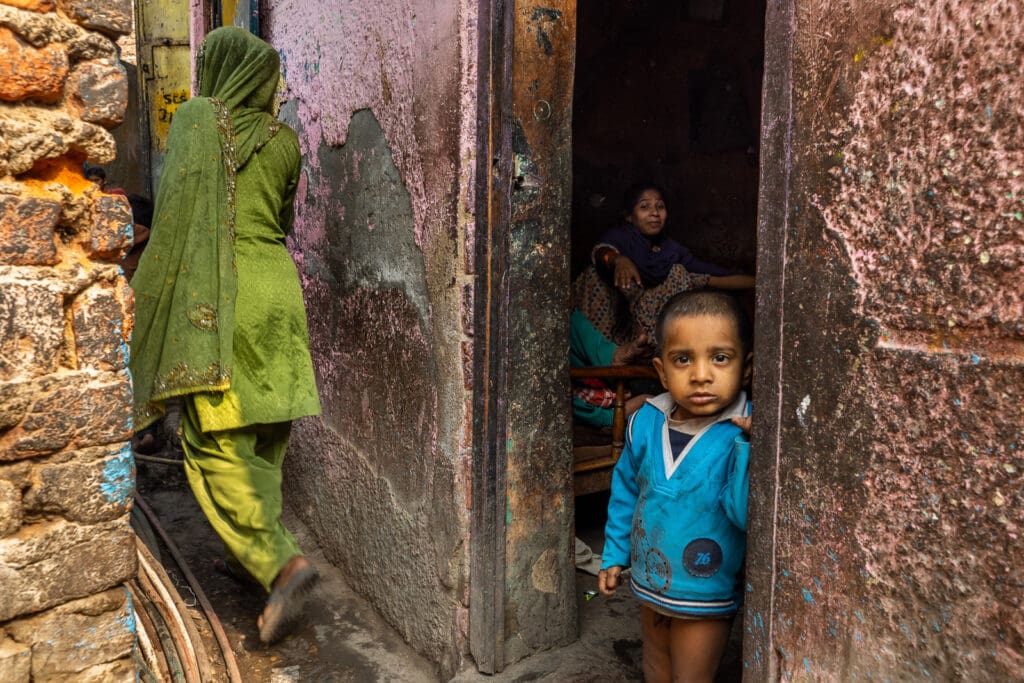

India continues to be a contradiction even today. While creating spaces, primarily for tourism and markets to house the country’s artisans, the places where these same artisans bring to life the art that one would like to respect are being demolished.
But only if-and when-it remains separated from the reality that creates it.


